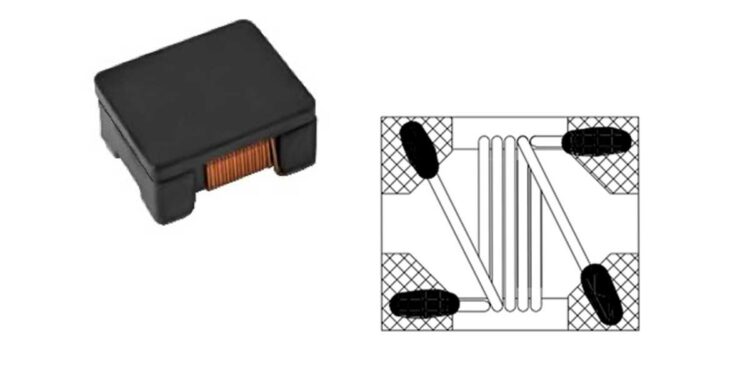Sumida introduces new WCNFC series of wound chip structured DC common mode choke coils.
Sumida, a leading innovator in electronic components, announces the launch of its new WCNFC series of wound chip structured DC common mode choke coils.
This cutting-edge product line is designed to meet the growing demands for high-performance EMI suppression with minimal impact on data signal waveforms.
Key Features of the WCNFC Series:
- Ultra-Low Profile and Compact SMD Design: The WCNFC series features a special very low profile and small size SMD design, available in standard 0805 to 1812 sizes, making it ideal for space-constrained applications.
- Superior EMI Suppression: These choke coils deliver the best EMI suppression effect while ensuring the least impact on data signal waveforms, maintaining signal integrity.
- High Self-Resonance Frequency: With a very high self-resonance frequency, the WCNFC series enables a high cut-off frequency, enhancing performance in high-speed applications.
- Exceptional Solderability: The coils offer excellent solderability, ensuring reliable and efficient assembly processes.
- Moisture Sensitivity Level: Compliant with MSL.1, the WCNFC series is designed to withstand moisture, ensuring durability in various environmental conditions.
- RoHs & Halogen Free: The components are compliant with RoHs and halogen-free standards, promoting environmentally friendly manufacturing practices.
- Wide Temperature Range: Operates and stores within a temperature range of -40℃ to 125℃, including the coil’s self-heat, ensuring versatility across different applications.
Applications of the WCNFC Series:
- Common mode noise suppression in high-speed differential signal lines such as USB 2.0, IEEE1394, and LVDS.
- High-speed differential signal lines for HDMI and DVI.
- Audio lines.
- USB 3.x applications.
- Ideal for NB, DSC, and mobile device designs.
- Multimedia systems and Ethernet (100BASE-T1).
- Common mode noise filters for power lines.
- LAN module applications.
Sumida’s WCNFC series is set to redefine the standards for EMI suppression in electronic devices, offering a perfect blend of performance, reliability, and compliance.































